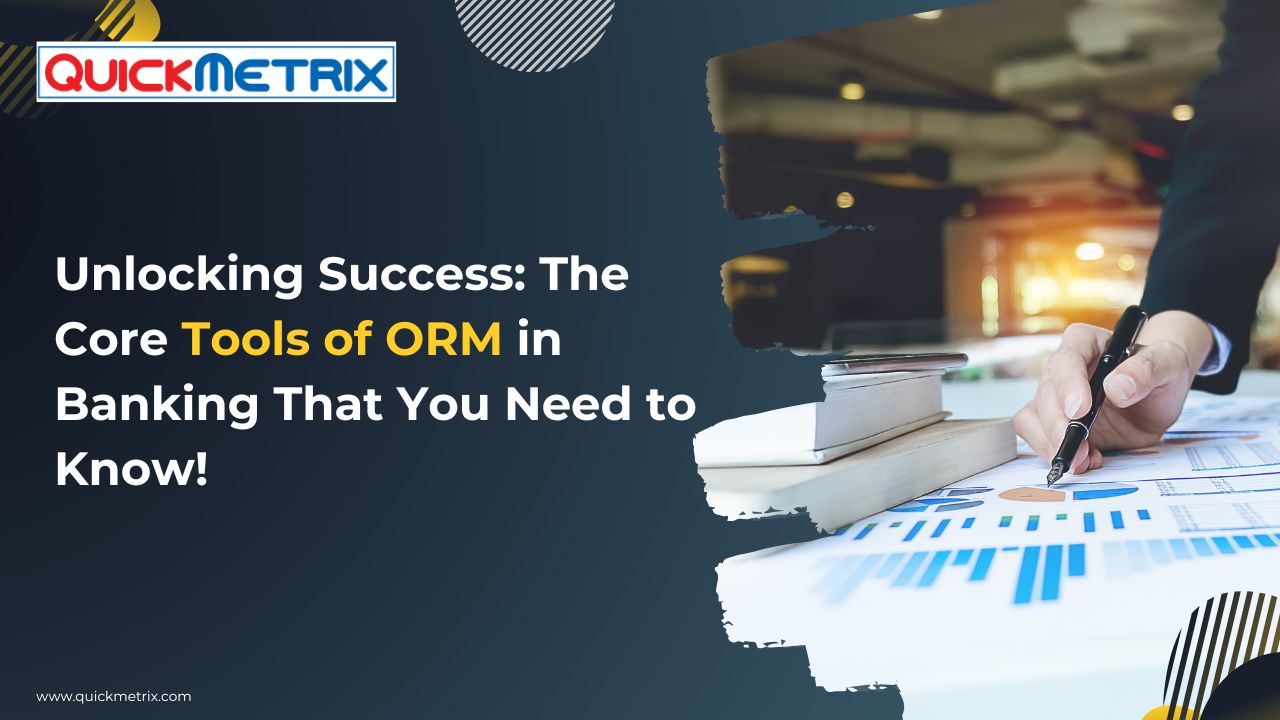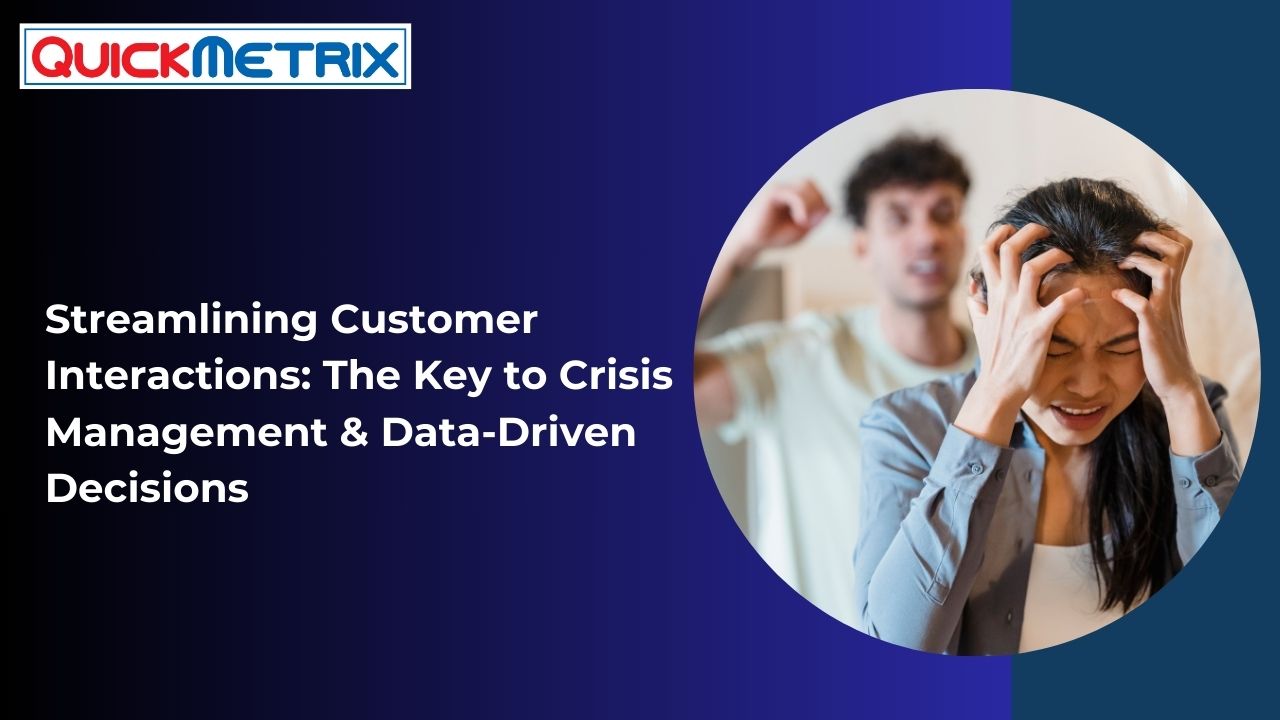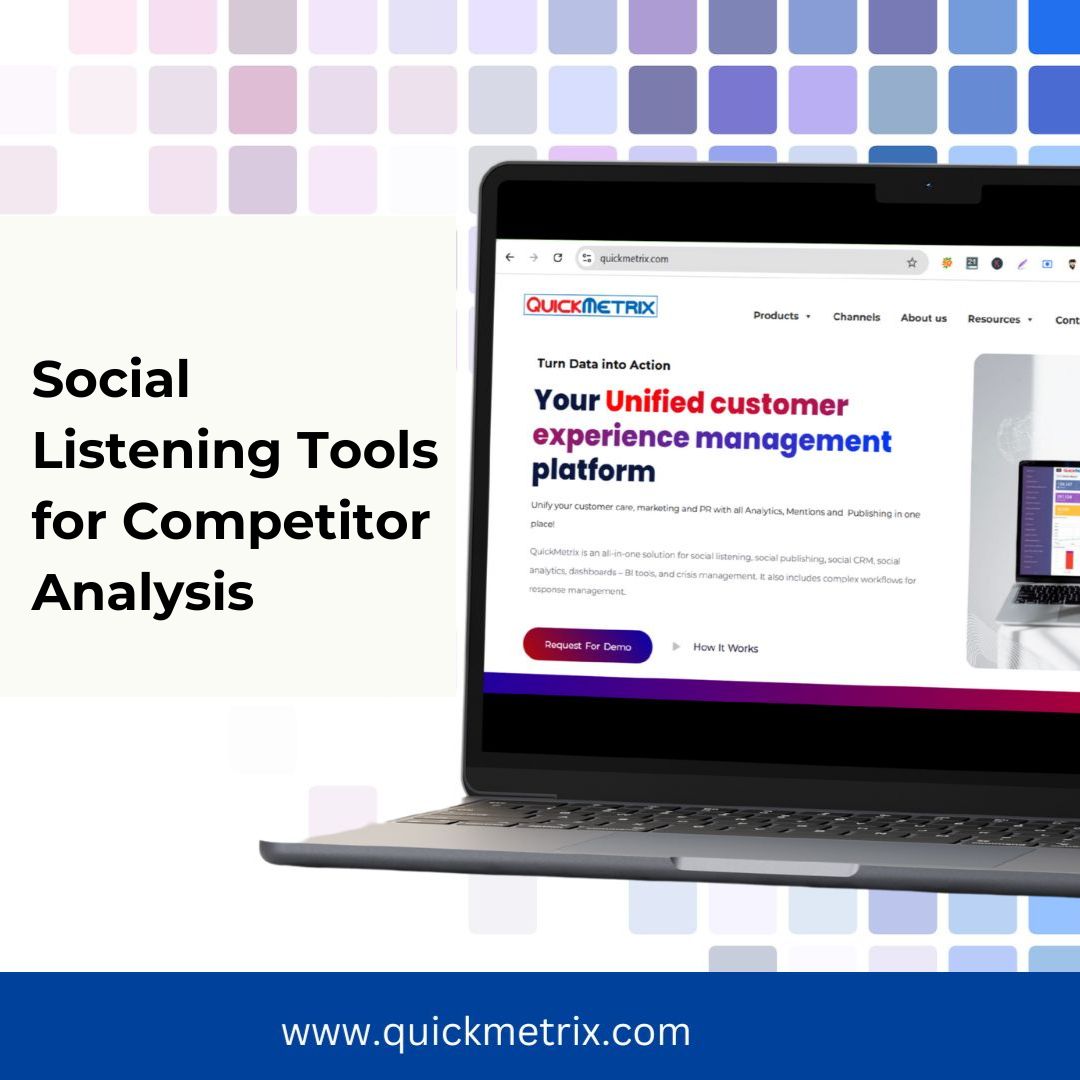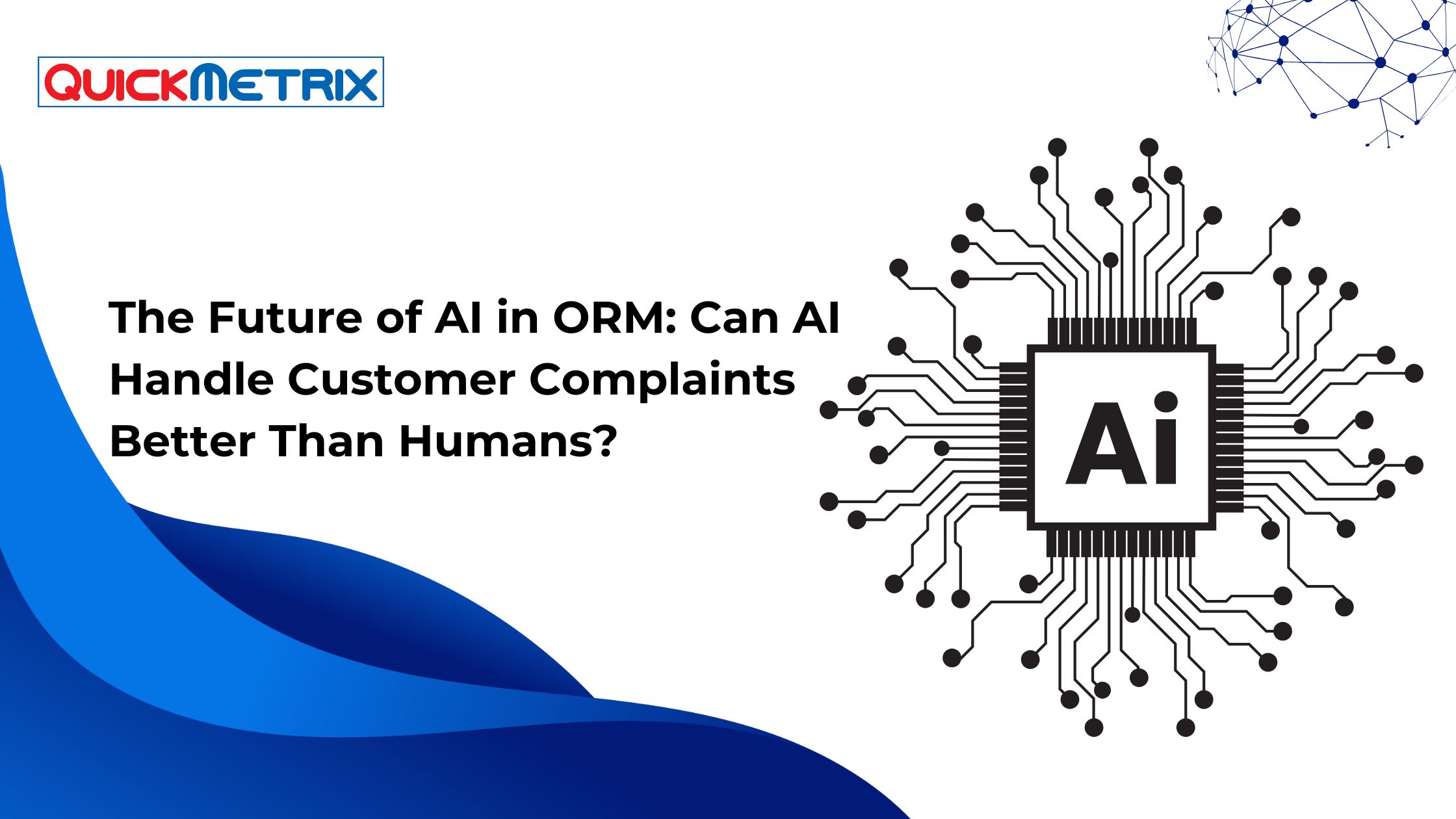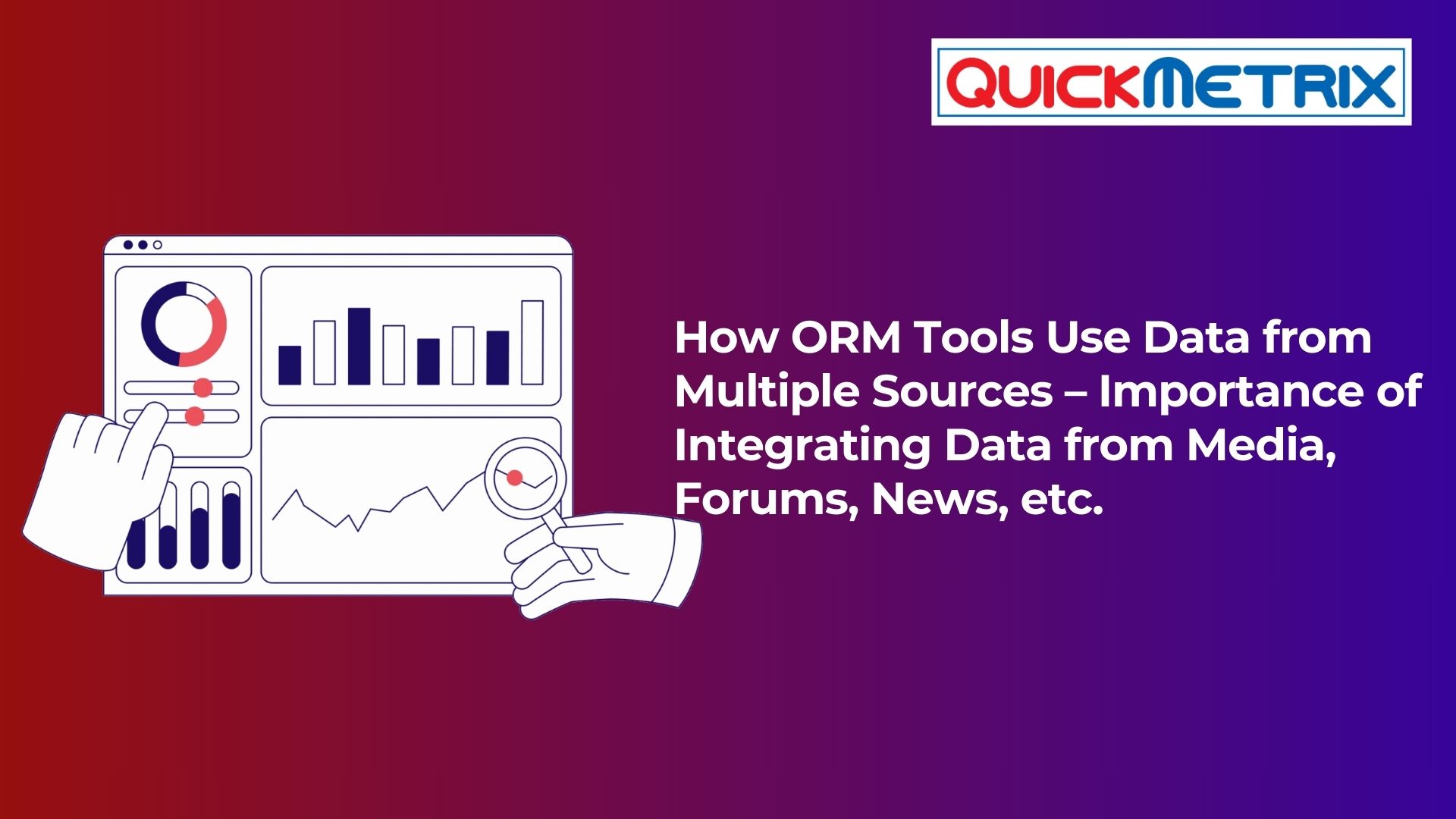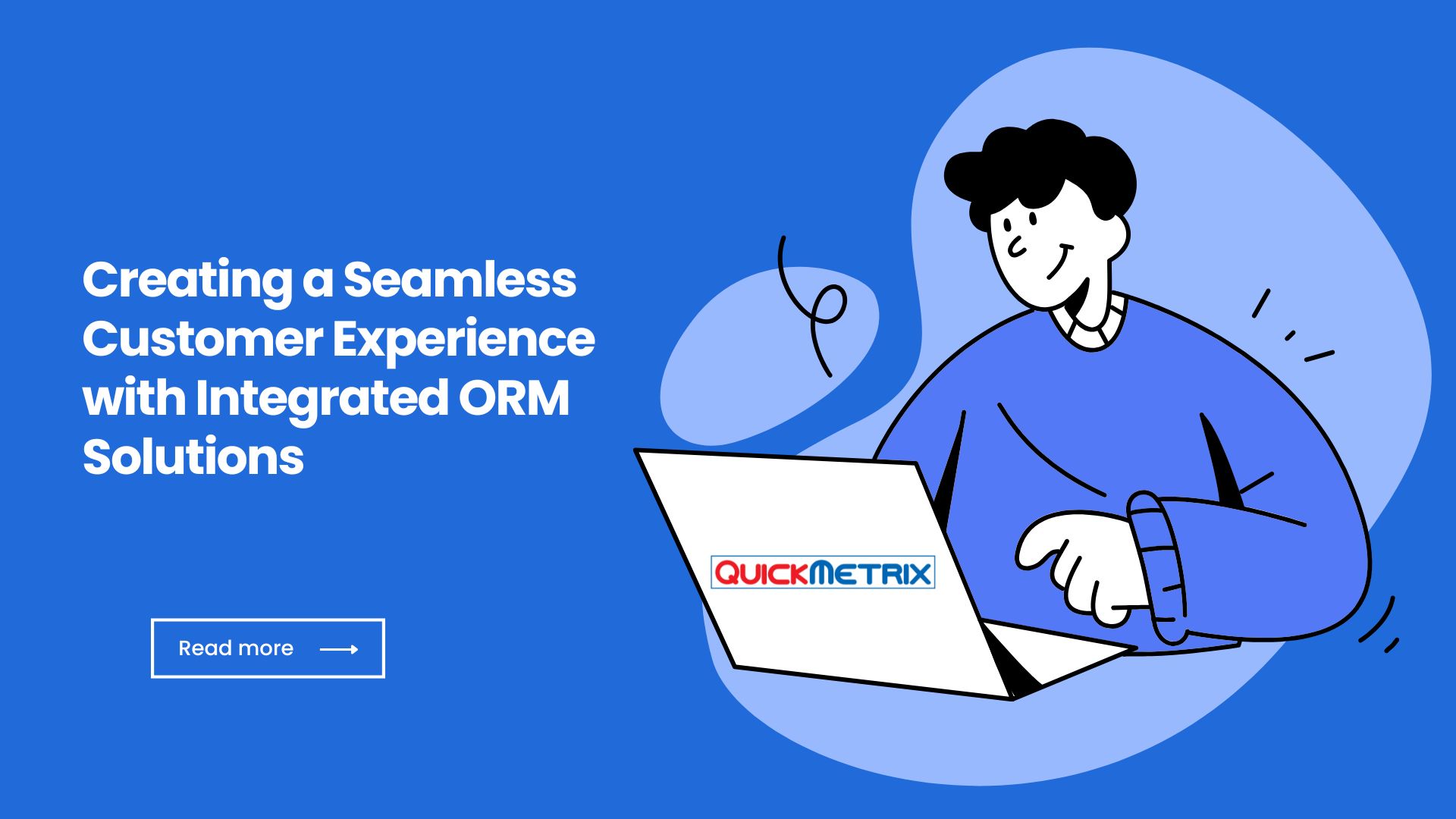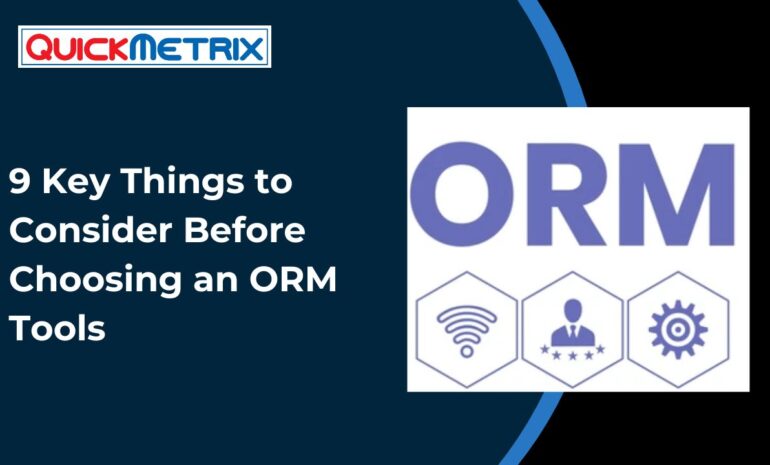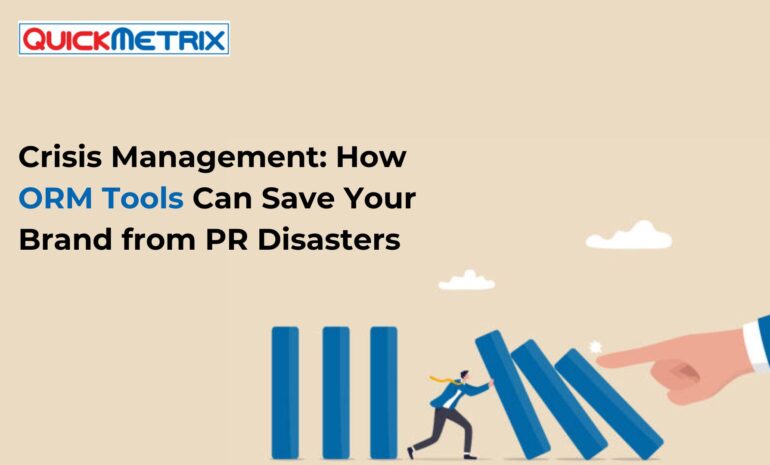Introduction of tools of ORM in Banking : Tools of ORM
Online response management tools (ORM Tools), commonly referred to as ORM, play a pivotal role in the banking sector. These tools help banks engage with customers’ inquiries and concerns across various platforms, particularly on social media and online forums.
- Overview tools of ORM in the Banking Sector ORM focuses on how banks manage online feedback, complaints, and inquiries, ensuring the financial institution responds swiftly and effectively. In today’s digital age, maintaining a positive online presence is crucial for building trust and protecting the bank’s reputation.
- Importance of ORM in Financial Stability By effectively managing online responses, banks can avoid misunderstandings that might lead to client dissatisfaction and potential financial losses. Proper ORM (online response management) practices can enhance customer relations and promote long-term stability.
- Key Components of Effective ORM Strategies Essential components include timely responses, monitoring brand mentions, engaging with customers, and utilizing analytics to assess sentiment and trends.
- Historical Context and Development
The evolution of ORM in the banking industry has been shaped by a variety of factors, from technological advancements to regulatory pressures.
- Evolution of ORM in the Banking Industry ORM has transformed significantly over the years, from simple online feedback forms to comprehensive management systems that analyze sentiment across multiple channels.
- Key Regulatory Drivers Behind ORM Frameworks Regulations like the Dodd-Frank Act and global standards established by organizations such as the Basel Committee have prompted banks to adopt structured ORM practices to mitigate financial risks.
- Case Studies of Past ORM Failures High-profile failures, such as reputational crises faced by large banks during economic downturns, highlight the importance of a robust ORM framework. These instances serve as reminders of the potential fallout from poor management of online responses.
- The Impact of Poor ORM Practices
Neglecting ORM can lead to significant consequences for banks.
- Financial Losses and Legal Implications Ineffective ORM can result in costly legal actions or settlements stemming from customer complaints that weren’t addressed promptly.
- Reputation Damage and Customer Trust When customers perceive a lack of responsiveness, their trust diminishes, which can have long-lasting effects on a bank’s reputation and client relationships.
- Long-Term Implications for Banking Institutions Consistent ORM failures can lead to a decline in customer loyalty and, ultimately, a drop in revenue. Banks that ignore online sentiment risk becoming obsolete in a competitive marketplace.
- The Core Tools of ORM
- Risk Identification Tools
Identifying potential risks is the first step in effective ORM.
- Techniques for Pinpointing Potential Risks Banks often utilize customer feedback, trend analysis, and social listening tools to identify negative sentiments or potential issues.
- Risk Assessment Frameworks and Methodologies Frameworks such as Risk Mapping allow banks to visualize potential risks based on the feedback received.
- Importance of Historical Data in Risk Identification Analyzing historical customer interactions can help institutions predict future risks and respond proactively.
- Risk Assessment and Measurement Tools
Once risks are identified, they must be assessed and measured.
- Quantitative vs. Qualitative Assessment Methods Quantitative tools offer numerical data on customer sentiment, while qualitative assessments delve into the reasons behind that sentiment.
- Utilizing Key Risk Indicators (KRIs)KRIs help track specific aspects of ORM, allowing banks to measure performance and identify problem areas.
- The Role of Scenario Analysis in Risk MeasurementScenario analysis enables banks to explore potential outcomes based on different responses, helping in planning future strategies.
- Risk Mitigation Strategies
Once risks are understood, banks must implement strategies to mitigate them.
- Developing Effective Risk Management Plans A comprehensive risk management plan details how an institution will respond to various online interactions.
- Implementing Internal Controls and Processes Setting up protocols for response can help streamline ORM efforts and ensure rapid action.
- The Significance of a Risk-Aware Culture Fostering a risk-aware culture within the organization encourages all employees to recognize and address ORM-related challenges effectively.
III. Technology and ORM
- Role of Software Solutions in ORM
Modern banking relies heavily on technology to manage ORM efficiently.
- Overview of ORM Software Options There are various orm software solutions available, integrating analytics, monitoring, and reporting functionalities tailored for banking needs.
- Features That Enhance ORM Efficiency Features such as real-time monitoring, sentiment analysis, and automated responses can greatly enhance a bank’s ability to manage online interactions.
- Analysis of Popular ORM Software in the Industry Tools like QuickMetrix, Sprinklr, Sprout Social, and Zendesk are among the popular choices, each offering unique capabilities for banks to utilize.
- Importance of Data Analytics
Data analytics enables banks to make informed decisions regarding ORM.
- Using Big Data for Enhanced Risk Assessment Analyzing large datasets provides insights into customer behavior and emerging trends, allowing for timely adjustments.
- Predictive Analytics for Proactive Risk Management By predicting potential issues based on historical data, banks can respond before problems escalate.
- Data Visualization Tools for Better Decision-Making Visualization tools can help present complex data in an understandable way, aiding decision-makers in grasping ORM impacts quickly.
- Cybersecurity and ORM
As banks embrace online channels, cybersecurity becomes integral to ORM.
- Understanding Cyber Risks in Banking Online platforms are vulnerable to various cyber threats; understanding these risks is essential for protecting sensitive customer data.
- Integration of Cybersecurity Measures into ORM Establishing protocols to secure customer interactions and data is vital for maintaining trust in ORM practices.
- Best Practices for Protecting Sensitive Data Implementing strong password policies, regular audits, and employee training can safeguard against potential breaches.
- Compliance and Regulatory Considerations
- Understanding Regulatory Requirements
Compliance is a core aspect of ORM in banking.
- Summary of Key Regulations Affecting ORM Regulations like GDPR and CCPA emphasize the importance of protecting customer information, impacting ORM practices.
- Compliance Frameworks Banks Must Follow Frameworks such as ISO 31000 support banks in aligning their ORM strategies with regulatory requirements.
- The Role of National and International Standards Recognizing and adhering to both domestic and international standards ensure comprehensive ORM coverage.
- Supervisory Review and Stress Testing
Regular reviews play a crucial part in ORM.
- Importance of Regular Stress Testing in ORM Conducting stress tests helps banks assess how their ORM frameworks would respond under adverse conditions.
- How Supervisory Reviews Influence ORM Practices Reviews by regulatory bodies can lead to adjustments and improvements in ORM strategies, ensuring alignment with best practices.
- Best Practices for Conducting Stress Tests Incorporating real-world scenarios and engaging cross-functional teams can enhance the effectiveness of stress tests.
- Reporting and Transparency
Being transparent in ORM is not just beneficial; it’s necessary.
- Requirements for Risk Reporting in Banking Timely and accurate reporting fosters trust with stakeholders and regulators alike.
- Tools for Effective Communication with Regulators Clear, concise reporting tools allow banks to keep regulators informed and engaged with ORM practices.
- Building a Culture of Transparency Around ORM Promoting open communication about risks and responses ensures all staff is aligned and informed about ORM strategies.
- Building an Effective ORM Program
- Creating a Strong ORM Framework
A structured ORM framework is essential for success.
- Core Elements of an Effective ORM Framework A clear framework should outline roles, responsibilities, and processes, providing a roadmap for ORM activities.
- Integration of ORM into the Overall Business Strategy ORM should not exist in a silo but be integrated into all aspects of the business for cohesive risk management.
- The Importance of Leadership in ORM Success Strong leadership commitment sets the tone for a proactive ORM culture, ensuring all levels of the organization prioritize risk management.
- Training and Development
Continuous learning is crucial for ORM effectiveness.
- Importance of Training Staff on ORM Practices Regular training helps staff stay informed about the latest ORM practices and tools.
- Resources for Continuous Learning in ORM Online courses, workshops, and industry conferences provide valuable insights and updates on ORM trends.
- Building a Risk-Aware Organizational Culture Promoting discussions about ORM across departments encourages a collective focus on managing risks.
- Evaluation and Improvement
Evaluating ORM practices is key to achieving long-term success.
- Techniques for Assessing ORM Program Effectiveness Regular internal audits and performance metrics can help assess the effectiveness of ORM strategies.
- Encouraging Feedback for Continuous Improvement Creating a feedback loop allows staff to share insights, leading to innovative solutions for ORM challenges.
- Staying Abreast of Industry Trends and Best Practices Regularly reviewing industry developments ensures that banks remain competitive and innovative in their ORM practices.
- Conclusion
- Summary of Key Concepts
In summary, effective ORM practices are vital for modern banking. They not only involve addressing customer concerns but also encompass risk management, regulatory compliance, and leveraging technology.
- The Importance of Proactive ORM in Banking
Proactive ORM can differentiate banks in a competitive market. By investing in ORM, banks strengthen customer relationships and build trust.
- Call to Action for Banking Professionals
As banking professionals, it’s crucial to prioritize ORM within your institutions. Evaluate your current practices, embrace new technologies, and foster a culture of transparency. The future of banking depends on your proactive engagement and commitment to ORM excellence.
VII. FAQs
- What is ORM and why is it important in banking?
ORM, or Online Response Management, involves handling online customer interactions effectively. It’s crucial for protecting a bank’s reputation and fostering customer trust.
- What are the most common tools used in ORM?
Common tools include social media monitoring platforms, customer feedback systems, and ORM software that analyse sentiment and trends.
- How can technology improve ORM practices in banking?
Technology aids in real-time monitoring, data analytics for insights, and automated response systems, allowing banks to respond quickly and efficiently.
- What regulatory compliance issues should banks consider for ORM?
Banks must adhere to various regulations, such as GDPR and industry-specific standards, ensuring they protect customer data and manage online communications responsibly.
- How can banks create a culture of risk awareness among employees?
By implementing comprehensive training programs, encouraging open discussions about risks, and recognizing contributions to ORM efforts, banks can foster a risk-aware culture.
Top Social Listening Tools in 2025: Why QuickMetrix Deserves Your Attention
In the world of digital marketing, conversations are currency. ...
Read More9-key-things-to-consider-before-choosing-an-best-orm-tool (Online response management tools)
IntroductionIn today's hyper-connected world, a single unresolved tweet or ...
Read MoreStreamlining Customer Interactions: The Key to Crisis Management and Data-Driven Decisions
Streamlining Customer Interactions: The Key to Crisis Management and ...
Read MoreSocial Listening for Financial Services: How Banks & FinTechs Stay Ahead
Introduction to Social Listening in Financial Services Definition ...
Read MoreThe Journey of QuickMetrix: Insights from Surendra Baliga on Building a Successful SaaS Business
The entrepreneurial journey is often filled with challenges, learning ...
Read MoreMastering the Market: How to Use Social Listening Tools for Real-Time Competitor Analysis
1. Introduction to Social Listening Tools1.1 What is Social ...
Read MoreHow to Get the Most Out of Social Listening Tools and Why Businesses Invest in Them
How to Get the Most Out of Social Listening ...
Read MoreListening to the Noise: How to Monitor Conversations That Matter to Your Brand
Understanding the Importance of Monitoring Brand Conversations 1.1 The Role ...
Read MoreThe Future of AI in ORM: Can AI Handle Customer Complaints Better Than Humans?
I. Introduction to Online Response Management (ORM)/ Online reputation ...
Read MoreHow ORM Tools Use Data from Multiple Sources – Importance of Integrating Data from Media, Forums, News, etc.
What is ORM ToolsOnline response Management (ORM) tools are ...
Read MoreTop Features to Look for in an ORM Tool for B2B Companies
Top Features to Look for in an ORM Tool ...
Read More2025 Digital Marketing Predictions: What’s Next for Brands?
2025 Digital Marketing Predictions: What’s Next for Brands?IntroductionDigital marketing ...
Read More15 Social Listening Tools for Your Brand in 2025
Why Social Listening Matters A winning social media strategy starts ...
Read MoreCreating a Seamless Customer Experience with Integrated ORM Solutions
Creating a Seamless Customer Experience with Integrated ORM SolutionsI. ...
Read More